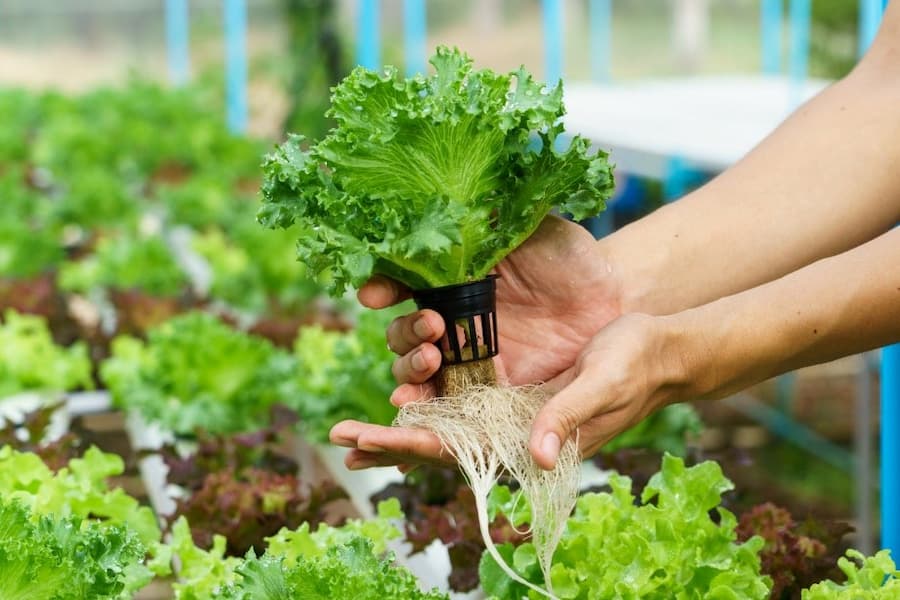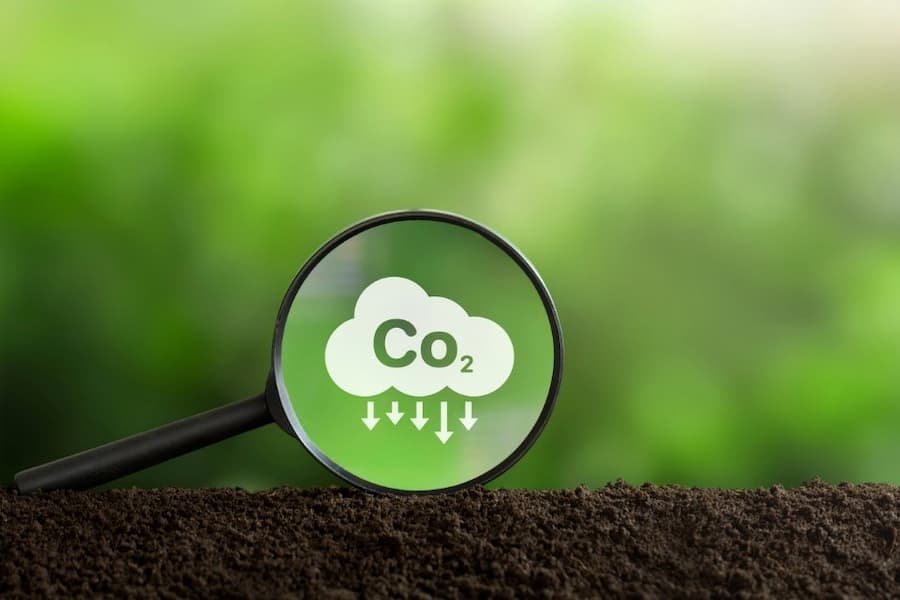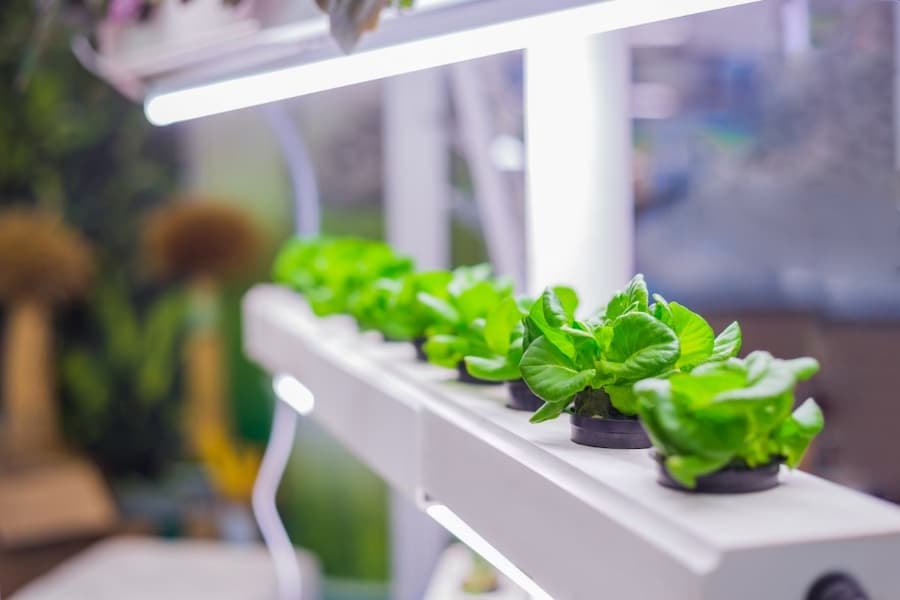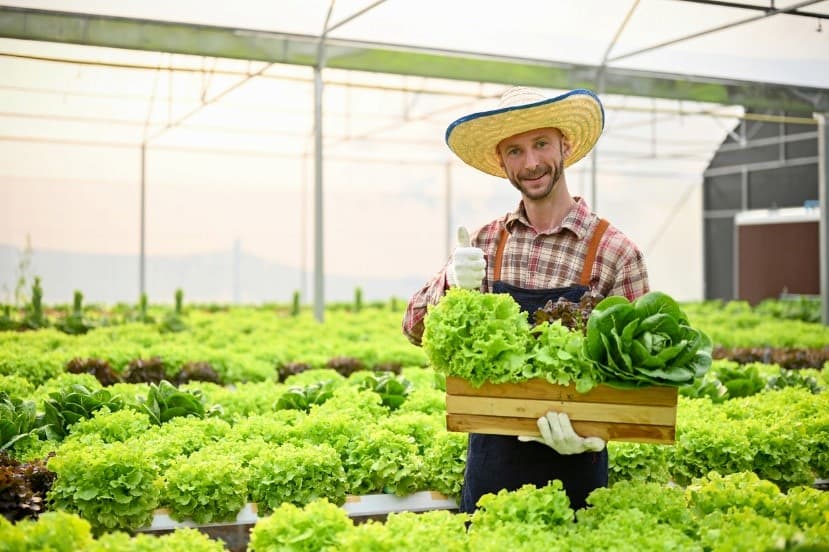 Add My Company
Add My Company

As the chill of winter fades and the warmth of spring starts spreading, both professional gardeners and gardening enthusiasts are gearing up for a new season of growth. However, for those with limited outdoor space or a goal to cultivate greens all year round, it might be a bit more challenging; this is where indoor hydroponic gardening comes across as a practical, innovative solution. Thanks to the power of CO2, those who possess the so-called green thumbs get to grow their plants indoors sustainably and regardless of limitations.
In today’s blog, we will delve into the intriguing world of hydroponics, understanding how photosynthesis works and why CO2 is vital to allow plant growth.
How Do Plants Photosynthesise?
All plants on Earth exist and thrive thanks to photosynthesis, the remarkable process by which they convert the light they receive from the Sun into chemical energy. At the core of such a fascinating process, there’s CO2. During photosynthesis, through a series of biochemical reactions occurring within specialised structures called chloroplasts, plants use sunlight and water to transform CO2 into glucose and oxygen, fuelling their growth and sustaining life.
This miraculous process is also central to maintaining the delicate balance of our planet’s atmosphere by replenishing oxygen levels; gardeners are aware of this, which is why they know the key role of CO2 cylinders in keeping their indoor gardens healthy. We will explore this in more detail in the sections below.
The Revolutionising Role of Hydroponics in Indoor Gardening
Hydroponics has literally revolutionised traditional gardening. By removing the need for outdoor space and soil, it offers a controlled environment where plants are more likely to thrive in nutrient-rich water solutions. It is easy to understand why hydroponic systems are ideal for cultivating a wide range of greens, from leafy lettuce to vibrant aromatic herbs, regardless of outdoor conditions, especially in regions where the climate is either too dry or too wet.
Thanks to the regulated introduction of CO2 into these ecosystems, hydroponic gardeners will supercharge their plants’ growth rates and results. The precise control over environmental factors, such as temperature, humidity, and lighting, enables these setups to guarantee plants ideal conditions for photosynthesis, allowing them to reach their full potential in record time.
Why Maintaining Proper CO2 Levels is Vital
We have briefly touched upon the importance of maintaining optimal CO2 levels in hydroponics gardens; now, let’s see why.
Just as humans require a steady supply of oxygen to live, plants crave a sufficient intake of CO2 to flourish. While this is a vital ingredient for plants’ photosynthesis, maintaining proper levels within indoor environments represents quite a challenge. Unlike outdoor settings, where CO2 concentrations naturally vary, indoor spaces often experience reduction over time as plants consume available resources. Insufficient levels of carbon dioxide hinder photosynthesis, stunting plant growth and compromising overall health. Monitoring carbon dioxide levels then becomes essential for a thriving hydroponic garden, as does understanding plant metabolism and influential environmental factors.
Methods to Regulate CO2 in Hydroponic Systems
As we said, achieving the ideal carbon dioxide balance in indoor gardens can be challenging. Fortunately, there is a variety of methods to regulate CO2 levels within hydroponic setups, allowing both professional gardeners and plant enthusiasts to adjust their approach to specific plant needs and growing conditions. Let’s take a closer look at the most popular ones.
- CO2 bottles for hydroponics release controlled amounts of carbon dioxide into the growing environment. By strategically placing sensors and monitors throughout the space, growers can accurately gauge CO2 levels and regulate its introduction as needed.
- Another method consists of incorporating natural sources of CO2 into indoor systems, such as fermentation or composting, to offer a sustainable alternative for maintaining excellent conditions without relying solely on external inputs.
The gardener is responsible for choosing the appropriate method and diligently monitoring CO2 levels; only by adopting the best technique will their plants thrive.
Breathing Easy with Ventilation and Monitoring
Proper ventilation and monitoring are key to growing and maintaining plant health and vitality.
Efficient airflow not only helps distribute CO2 evenly throughout the growing area but also facilitates the exchange of gases, preventing the risk of stagnant air and moisture buildup, which can lead to pest infestations and fungal diseases.
Additionally, a reliable monitoring system allows gardeners to keep a vigilant eye on CO2 levels, tracking important environmental parameters in real time and providing valuable insights such as temperature fluctuations and humidity levels. This leads to promptly addressing any variations and safeguarding their greenery against potential setbacks. By staying proactive, gardeners can easily create a thriving indoor garden where plants can prosper all year round.
Give Your Indoor Gardens a Breath of Fresh CO2 with Adams Gas
When it comes to sourcing reliable CO2 sources for hydroponics, quality reigns supreme. As premium bottle gas suppliers, we offer unmatched reliability and excellence, providing high-quality CO2 cylinders specifically tailored to the needs of hydroponic enthusiasts and professionals.
With a constant commitment to offering great customer experience, at Adams Gas, we empower gardeners and those with green thumbs to nurture their indoor gardens with confidence, knowing that their plants are receiving nothing but the best. From refillable or disposable CO2 cylinders for hydroponics to available advice, contact us today, and we will equip you with the right tools to give your indoor greens a breath of fresh CO2!
For more information on Cultivating Indoor Gardens with CO2 for Hydroponics talk to Adams Gas






